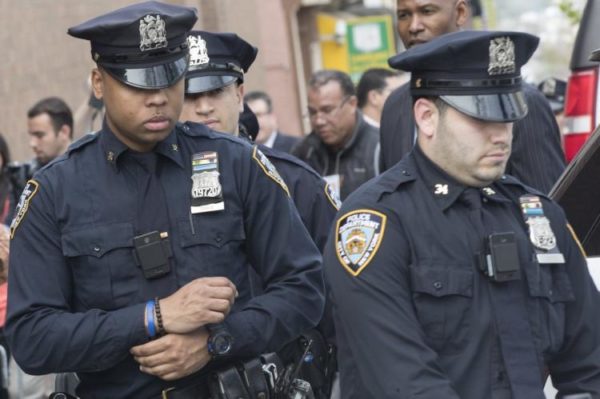March 9, 2013
Marc Bussanich
The former chair of the Metropolitan Transportation Authority and current mayoral hopeful, Joseph Lhota, took a lot of credit for getting the country’s biggest transit system back in operation soon after Superstorm Sandy. But the physical work required to pump millions of gallons of water out of tunnels and subways, transferring patients from storm-stricken hospitals and restoring boilers and energy required the efforts of thousands of public and private sector union members. (Read More and Watch Video)
Union members gathered on Thursday evening at 32BJ SEIU’s offices to recount how they helped the city get up and running, and explain the lessons learned from their efforts and how to apply them in preparation for a future walloping storm.
The one big lesson they learned from responding to Sandy is that they have to make their case to the public of the vital role they play in restoring essential city services.
Henry Garrido, Associate Director of AFSCME DC 37, said whenever there is a disaster, man-made or natural, the city first reacts by celebrating city workers’ efforts only to replace the praise with vilification because city workers resist when the city repeats the mantra of a doomsday budget.
“How do we break this vicious cycle? We have to recognize that there’s a fundamental difference between cost and value. There are certain things we value in this society that should remain in the hands of government. It’s important for us to start talking about this value and explain it to the public,” said Garrido.
John Duffy, national vice president for the Utility Workers Union of America, said that Con Ed should be transformed from a private to public utility because the company’s drive for profits undermines the company’s maintenance of its electrical, gas and steam network.
For example, as the Moreland Commission, appointed by Governor Andrew Cuomo to asses the state utilities’ performance after the storm, evaluated Con Edison’s performance the union conducted its own investigation and uncovered some interesting facts.
“They ran out of basic materials, overhead cable, which is a basic piece of material to transmit electricity. Before deregulation, they would stockpile a lot of this material. There’s no reason a company the size of Con Edison shouldn’t have enough material at ready not for just one, but five storms. Privatization should be reversed,” said Duffy.
He also noted that damage and power outages could have been minimized had Con Edison invested in the maintenance of the system to harden it against severe storms.
“You basically have a third-world utility in New York City with utility poles that date back to the 1930s. When it’s profits ahead of people, this is what you get,” Duffy said.
Patricia Kane of New York State Nurses Association said that public nurses didn’t get their due preceding and after the storm.
She was disappointed that recurring images of a nurse holding a baby outside New York University Hospital and national guard troops standing outside Bellevue Hospital prevailed over the efforts of NYSNA nurses safely transporting 700 patients from Bellevue after generators failed.
Jon Forster of AFSCME DC Local 375 said that city workers have to make a strong case to gain acknowledgment of the central role labor plays in restoring services because the private sector can’t do it.
“This is not something the private sector can do. They can’t do it because they don’t have the resources, the institutional knowledge and the same commitment,” said Forster.



